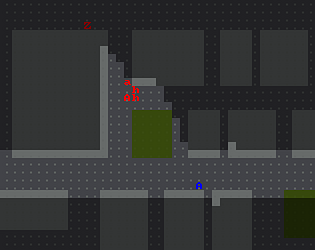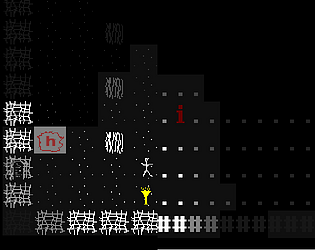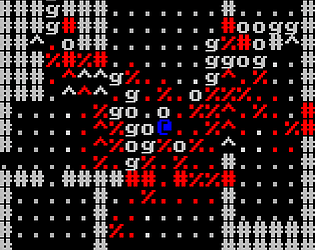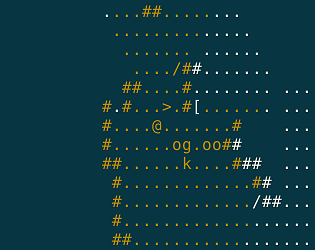Every time I do 7DRL I think I will come up with a clean architecture based on past lessons, and have somewhat succeeded for UI and some other supporting code, but not at all for core game logic.
theq629
Creator of
Recent community posts
Thanks! The key binding window is definitely an issue I had missed. If I hadn't just helpfully broken mouse support, you would also be able to click to rebind. You can also save bindings once and then edit the JSON in web storage if your browser lets you do that.
In principle the key targeting does take letters in order for enemies in view (or in hearing) but there is some bug that's preventing it -- actually now that I look at it I think it's effectively randomizing the initial queue after 'a', so I can probably fix that.
I would really like to work on this enough to add some differentiation and progression to weapons. I would also like to try to adjust infantry so they have more specific advantages but are less overwhelming. Unfortunately the code base is currently pretty messy, so I'm sure how far I'll get with improvements.
Thanks!
The three monster types differ on whether they will run away from strong light or pistol bullets, and have different wandering behaviour. So in theory if you can work out how to tell the types apart in a run then you can make optimal use of resources. In practice I found doing that to be way more effort that it was worth.
Done. I ran out of time for balance and full playtesting, but I did get in a lot of features and effects for explosions, fire, and smoke. There is a Linux binary, and it should run on other platforms if you start the Python 3 program manually.
Features:
- Shoot nuclear missiles at rats.
- Watch forests burn down.
- Be trapped on a mountain by a quake mole.
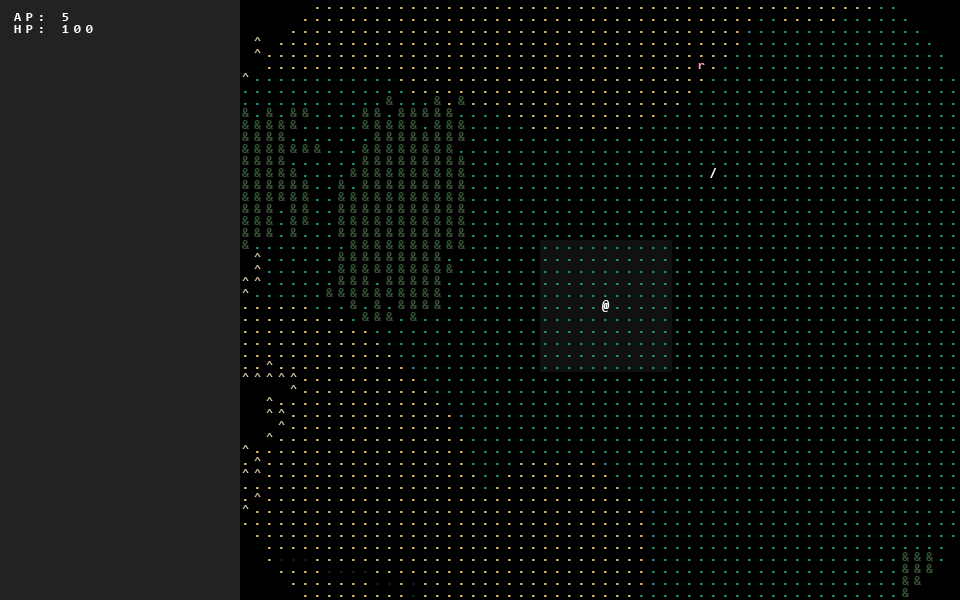
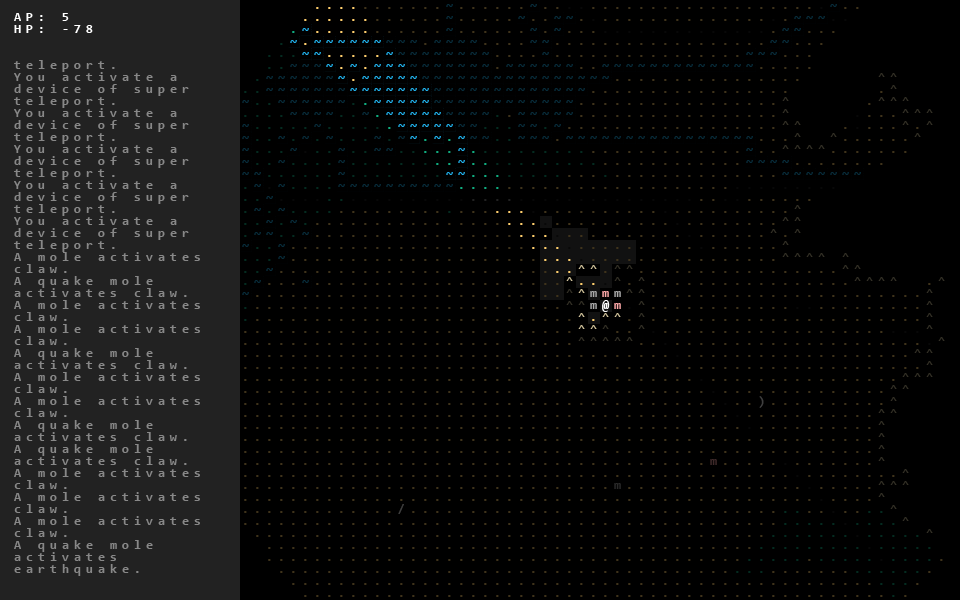
Started on Sunday 2018-03-04 23:59 GMT+0800.
A roguelike/TBS about getting a band of people across a post-apocalyptic wasteland to reach the haven of Wastrl. Mostly an experiment in using traditional wargame mechanics in more general TBS wargame-like setting.
I actually started on this concept last year too, using OCaml. But between lack of time and getting distracted by working on a general OCaml terminal output framework, I didn't get very far, so this year I am restarting in Python 3.


